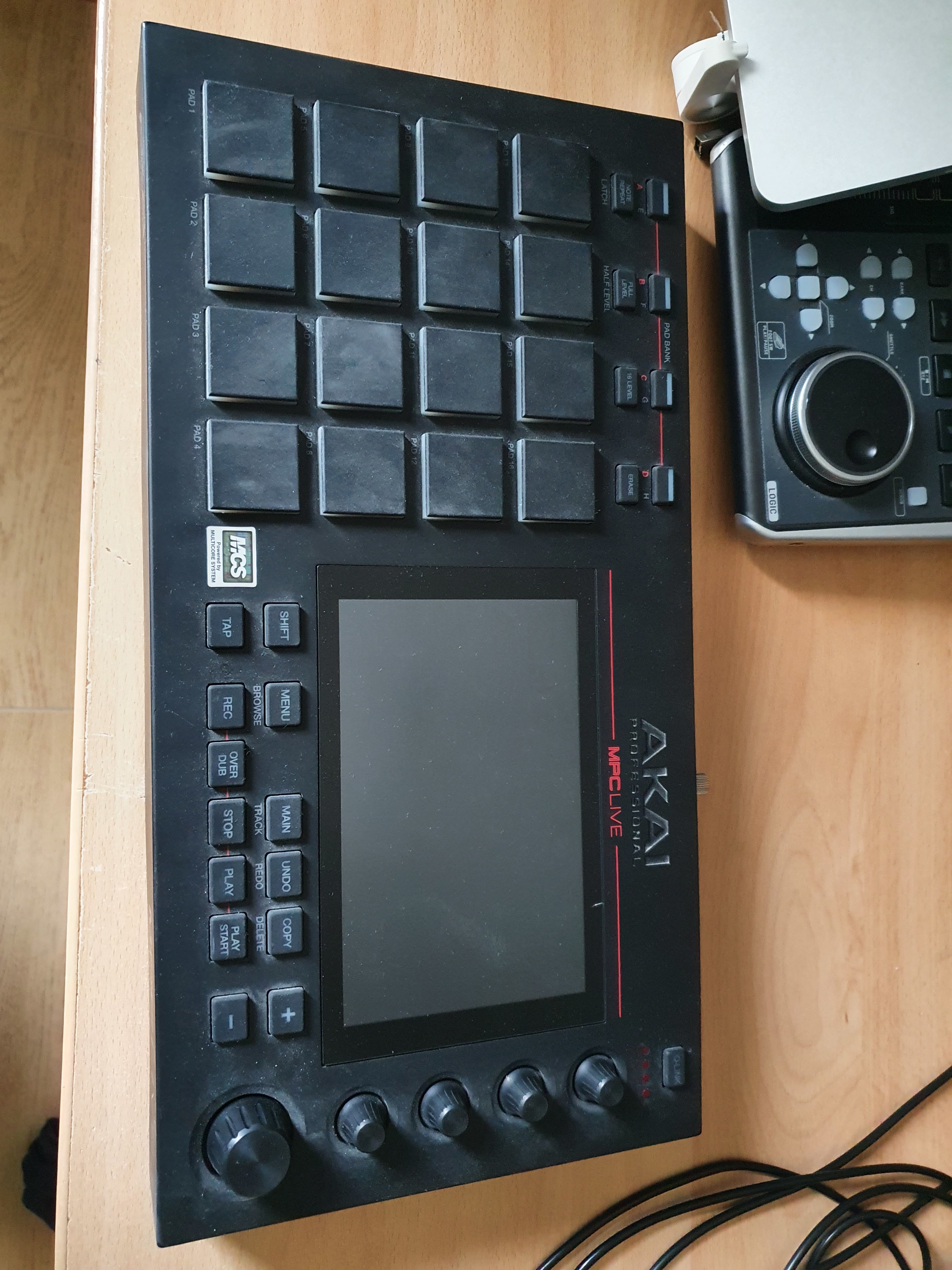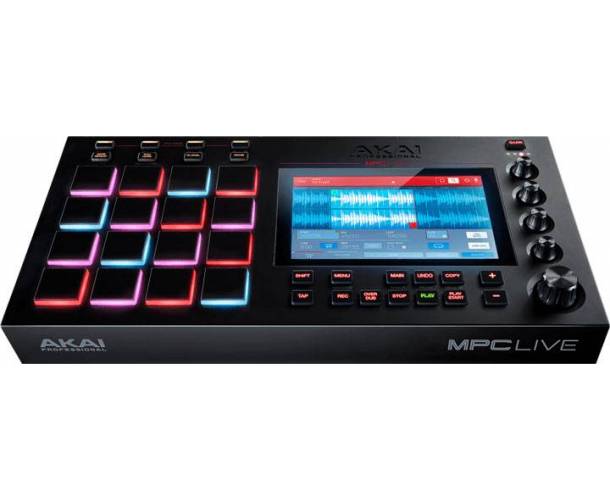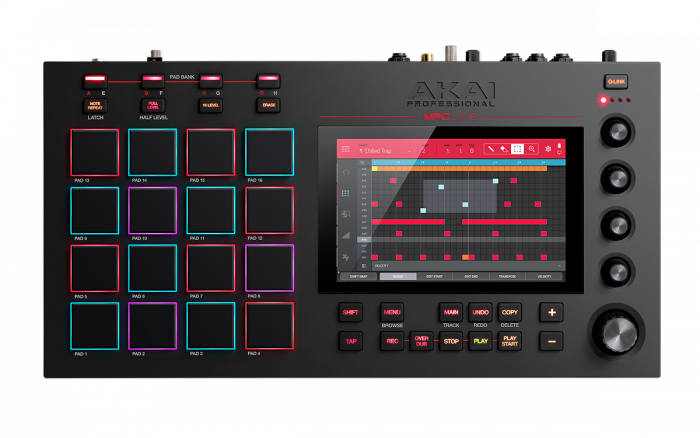

Plugin Programs are virtual instruments that can be played like a keyboard.

To view, rearrange, or replace the samples in your Drum Program, press the Browse button and tap on the Sample Pool tab. You'll notice that the 16 pads light up, signaling that they now contain samples and settings (pad assignments, loop points, pitch, effects, etc.). Go ahead and select a Drum Program from the list.ġ0. This is especially useful when you're auditioning different kits for your MIDI patterns. A list of all the Drum Programs currently loaded into your Project will appear. Go back to the Main mode and double-tap on the Drum Program field.ĩ. When you find a Drum Program you like, select and load it to your Project.Ĩ. As you scroll through, the MPC will audition each kit.ħ. All of your included Drum Programs will be listed on the right, shown as XPM files. Go to the Content tab and tap on Drums.Ħ. With the Track now assigned, press the Browse button.ĥ. In the Track region, you will see 6 icons each representing different program types.Ĥ. Before loading a Drum Program, we have to designate a Track. While you can create your own Drum Programs with imported samples we're going use an internal kit for the purposes of this tutorial.ġ. Your MPC comes with many pre-built programs each with its own style and sonic texture like House, Hip-hop, and Trap and are accessible from the Browser. Drum Programs are a collection of samples, assigned across 16 pads to form a playable kit. Let's take a closer look!ĭrum Programs are the most common program type and essential to the MPC workflow. To put it simply, the program is your instrument like a drum kit, bass, or synth.

MIDI Tracks host Programs.Īs you can see, Programs are the smallest cell in this workflow. Each Sequence is made up of Audio or MIDI Tracks. You can think of a Sequence as a part of your Song, like a chorus, verse, or bridge. The basic breakdown of the MPC workflow is illustrated by this diagram:Ī Song is a finished product comprised of Sequences arranged in various orders. The fundamental elements, starting from largest to smallest, are Songs, Sequences, Tracks, and finally Programs.

In this article, we're going to discuss the properties of each and how they can be loaded into your Project. The MPC Series has 6 different types of Programs: Drum, Keygroup, Plugin, MIDI, Clip and CV. Just as with a band, multiple instruments are sequenced together to create a song. You can think of a Program as an instrument. Programs are the building blocks of the MPC workflow. Modified on: Mon, 3 Oct, 2022 at 12:35 PM Solution home Akai Pro | MPC Series MPC Series | Training Akai Pro MPC Series | Understanding and Loading Programs


 0 kommentar(er)
0 kommentar(er)
